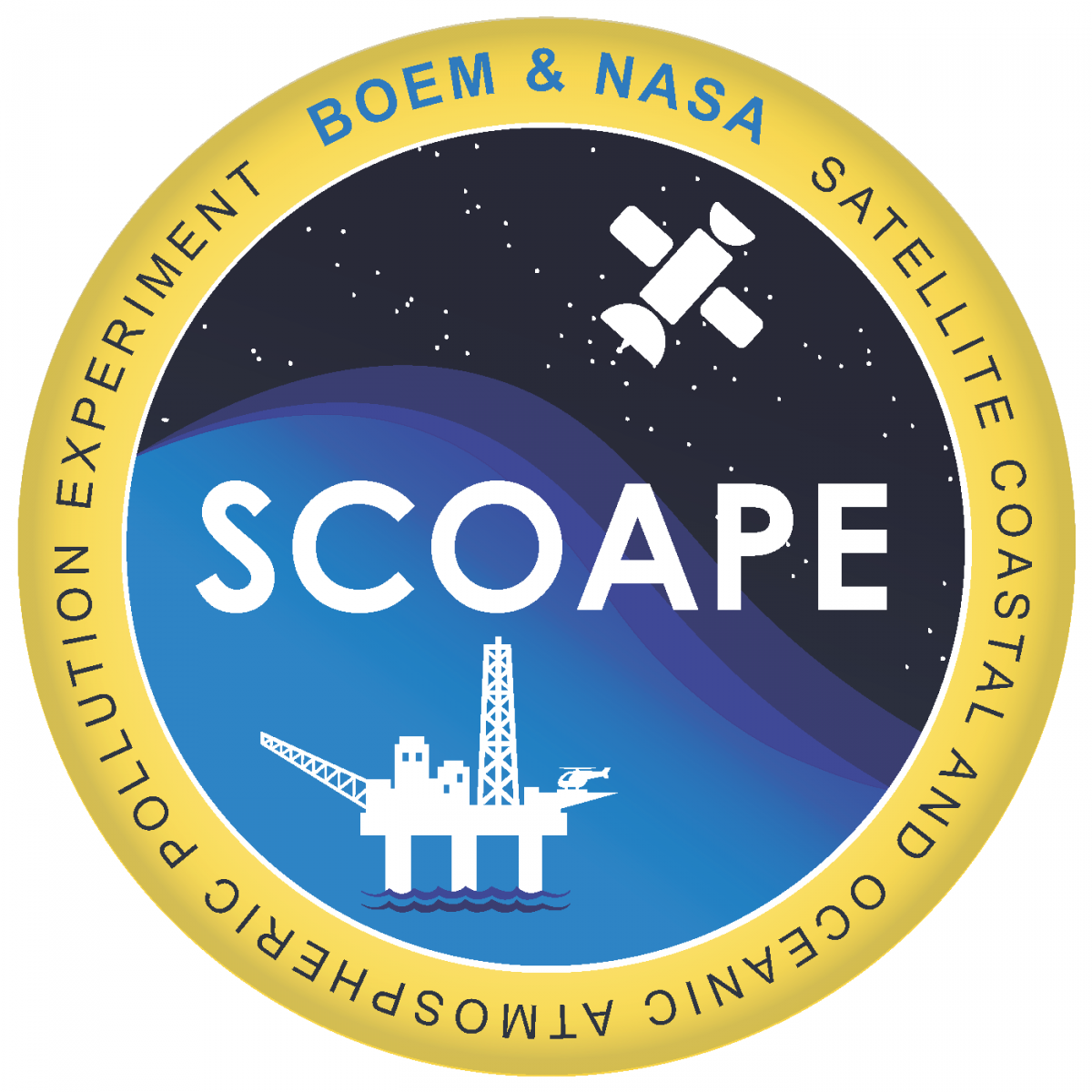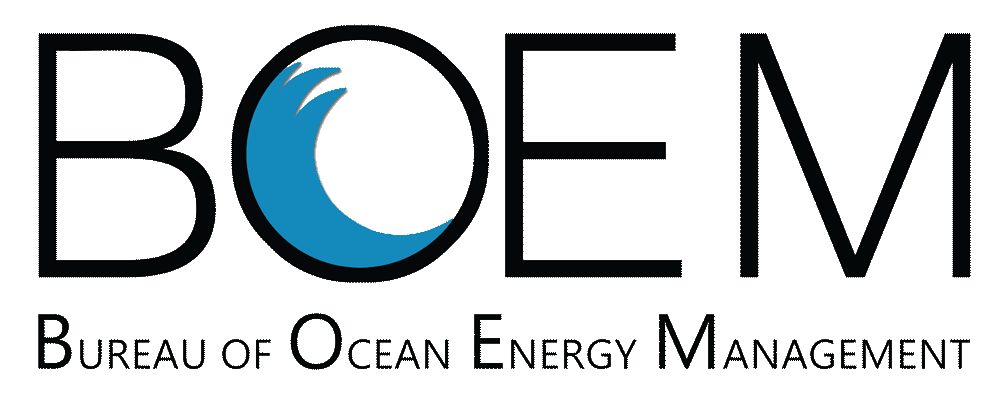Satellite Coastal and Oceanic Atmospheric Pollution Experiment (SCOAPE)


NASA, supported by the Bureau of Ocean Energy Management (BOEM), evaluated the potential for using satellite data to monitor offshore air quality with a focus on the Gulf of Mexico. The Outer Continental Shelf Lands Act (OCSLA) requires BOEM to ensure compliance with the National Ambient Air Quality Standard (NAAQS) so that OCS oil and gas exploration, development, and production do not significantly impact the air quality of any state.
- The SCOAPE field campaign was held in May 2019. The data are free and publicly-available.
- Duncan BN. 2020. NASA resources to monitor offshore and coastal air quality. Sterling (VA): U.S. Department of the Interior, Bureau of Ocean Energy Management. OCS Study BOEM 2020-046. 32 p. report
- Thompson AM. 2020. Evaluation of NASA’s remote-sensing capabilities in coastal environments. Sterling (VA): U.S. Department of the Interior, Bureau of Ocean Energy Management. OCS Study BOEM 2020-047. 33 p. report
-
Thompson, A. M., Kollonige, D. E., Stauffer, R. M., Kotsakis, A. E., Abuhassan, N., Lamsal, L. N., et al. (2023). Two air quality regimes in total column NO2 over the Gulf of Mexico in May 2019: Shipboard and satellite views. Earth and Space Science, 10, e2022EA002473. https://doi.org/10.1029/2022EA002473
HAQAST Lead: Dr. Bryan N. Duncan (Bryan.N.Duncan@nasa.gov)
HAQAST Participants: Dr. Anne Thompson, Dr. Lok Lamsal
Stakeholder Partners: Holli Ensz & Walter Johnson (BOEM)

